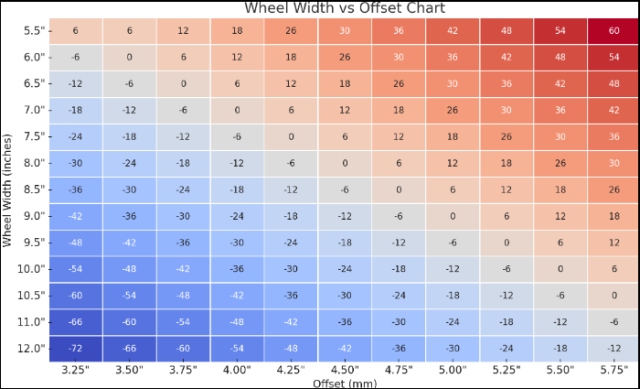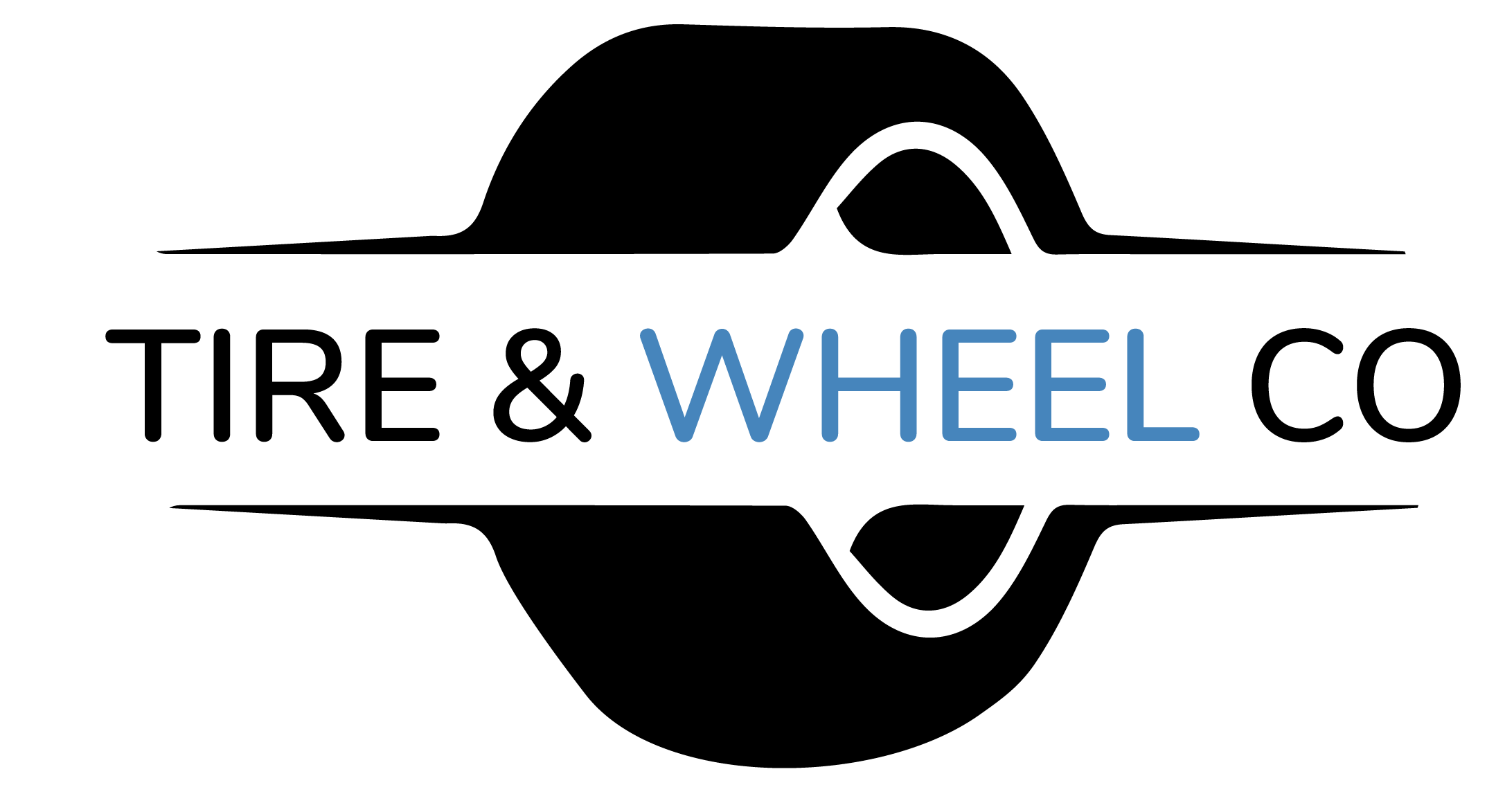When you hear the term “What is Wheel Offset“, it might sound complex, but the truth is its quite straightforward. Wheel offset refers to the distance between the wheel centerline and the mounting surface of the wheel hub. This distance determines how the rims align with the vehicle body, affecting the fit, look, and Function of your wheels. Understanding this concept is vital for ensuring proper clearance, maintaining stability, and enhancing your ride.
The Types of Wheel Offset
Zero Offset
A zero offset occurs when the mounting surface aligns perfectly with the wheel centerline. This measurement ensures a balanced fit without pushing the wheel back or pulling it outs. Many originals designs in cars use this offset type for maximum compatibility.
Positive Offset
In a positive offset, the mounting surface is closer to the front of the wheel, pushing the rim inward toward the vehicle body. This setup is common in trucks and vehicles designed for modern rims, offering ample room for brakes and suspension components.
Negative Offset
A negative offset places the mounting surface behind the wheel centerline, causing the rim to extend outward. This is popular for vehicles with wide tires or those seeking a bold look. However, it’s essential to consider fenders and mud flaps to avoid damage or rubbing issues.
Why Wheel Offset Matters
The Role of wheel offset goes beyond aesthetics. It directly impacts your vehicle brakes, stability, and steering wheel kick-back. Proper offset ensures there’s enough room between the wheels and suspension parts like bumpers, brakes, and fenders. Incorrect offset may cause stress on your system, leading to damage and costly repairs.
For example, a wheel with too much backspacing might interfere with the braking system, while insufficient clearance could limit your tire options.
How to Measure Wheel Offset
Measuring wheel offset is simpler than it seems. Start with the rim width and find the wheel centerline. Use a tape measure to determine the distance between the mounting surface and the centerline. This measurement helps you understand if the rim offset is positive, negative, or zero.
Many professionals rely on tools like a conversion chart or diagrams for precise results. A deep dive into terms such as back lip, lip flange, and street side will also help you gain clarity.

Wheel Offset and Vehicle Compatibility
Finding the right offset involves more than just matching the wheel size. You must consider the correlation between rim size, rim width, and tires. Using a wheel offset example, ensure your setup avoids rubbing or interference with the suspension.
Custom vehicles, like those with aftermarket paint colors or larger tires, often require adjustments in offset. The same goes for vehicles with modified bodywork, as these changes affect how the wheels align with the vehicle body and suspension components.
Common Problems and Tips to Avoid Them
Choosing the wrong offset can lead to serious problems. For instance, improper offset might cause tire failure, strain on your steering system, or even compromised driving safety. Here are some tips to avoid these issues:
- Consult a tire professional for personalized advice.
- Use a reliable conversion chart or wheel offset chart to avoid guesswork.
- Check your vehicle brakes and braking system for sufficient clearance.
- Ensure your rim size and rim offset match the wheel well and wheel wells.
Choosing the Right Offset
Selecting the right offset requires considering your needs, budget, and desired look. Ask yourself questions like:
- What is the purpose of your vehicle?
- Are you prioritizing performance or aesthetic upgrades?
Consulting a catalog or speaking to a sales staff member can help you narrow down your options. Tools like a wheel visualizer also provide a guarantee of compatibility before making a purchase.
Enhancing Wheels with Perfect Offset
Optimizing your wheel offset can elevate your ride. For instance, pairing quality rims with brands like Proxes ensures better durability and performance. The right offset can improve your vehicle’s handling, reduce stress, and even save you money on long-term maintenance.
For VW and Toyo vehicles, a balanced offset provides the perfect blend of style and Function, proving that even small adjustments matter.
Final Tips for Customers
When it comes to wheel offsets, precision is key. Avoid rushing your decision, and always prioritize understanding over shortcuts. Keep a wheel inventory, check your bolt pattern, and measure every line and edge to ensure a smooth fit. Remember, the right offset not only improves your vehicle’s performance but also enhances its aesthetic appeal.
By following these steps and seeking professional assistance, you’ll achieve a ride look that combines stability, safety, and style.

